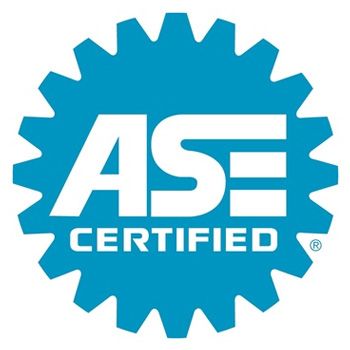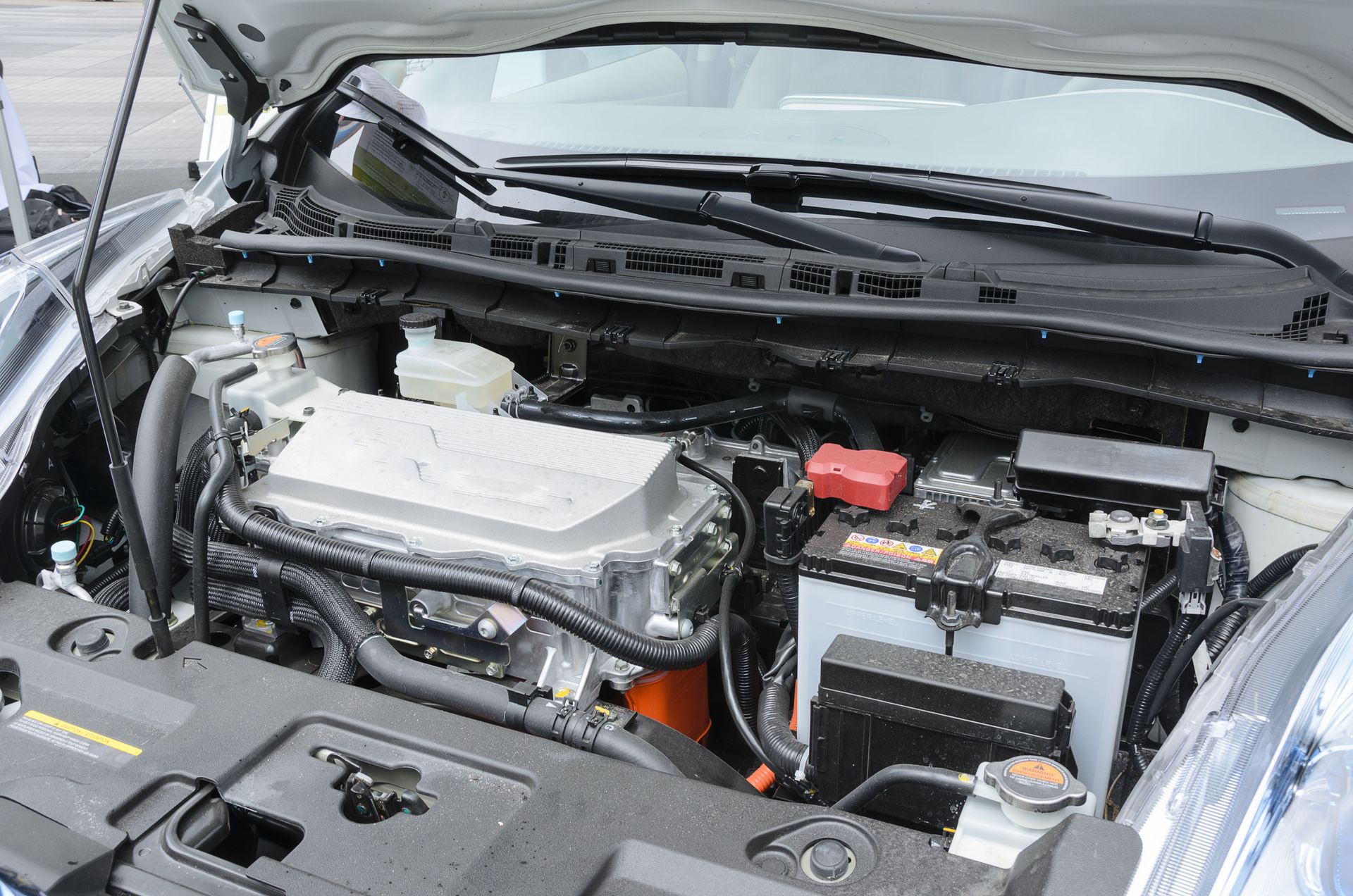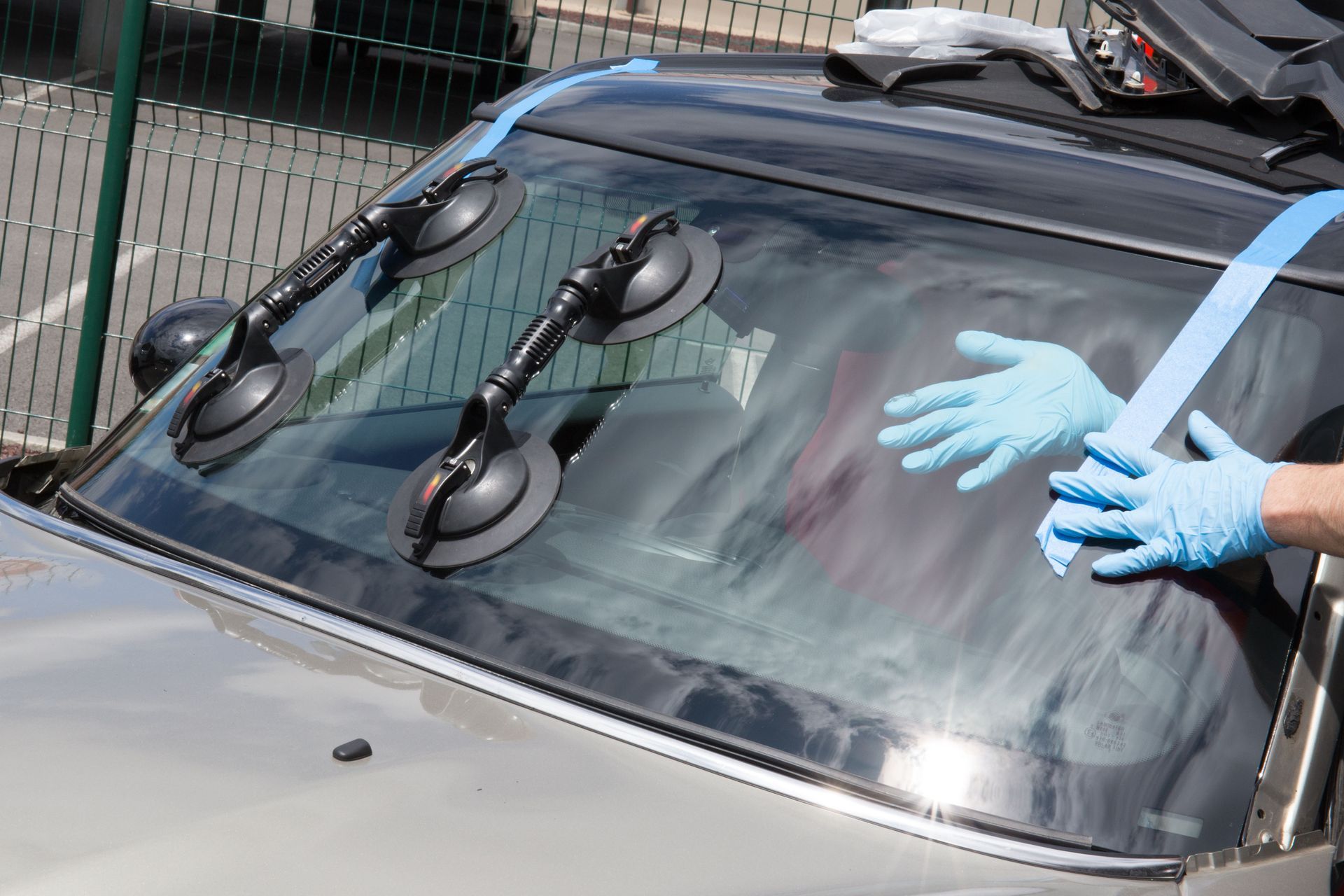How Can I Tell If My Toyota Needs Transmission Repair?
Highlights:
- Slipping, delayed engagement, harsh shifts, and grinding noises are early transmission warning signs.
- Red or brown fluid spots under your car often point to leaks that can snowball into major repairs.
- Burning smells, dashboard warnings, and poor fuel economy can accompany transmission trouble.
- Proactive maintenance and fluid checks catch small issues before they become expensive failures.
- For expert diagnostics in Euless, TX, trust TLS Auto Specialist.
Early Transmission Warning Signs
Transmission problems in Toyota vehicles usually start with subtle symptoms. You might feel the engine rev without a matching increase in speed (slipping) or notice a delay when shifting from Park to Drive or Reverse. Some drivers report sudden harsh upshifts, clunks during downshifts, or a momentary “neutral” sensation between gears. These issues can stem from low fluid, internal wear, or control-module logic responding to inconsistent sensor data. Act as soon as you notice changes in shift quality. Catching problems early preserves drivability, reduces repair costs, and helps you avoid cascading failures that damage multiple internal components.
Fluid and Leak Clues
Automatic transmission fluid (ATF) cools, cleans, and lubricates delicate clutches and valves. Red or brown puddles beneath the middle of the vehicle can signal a pan-gasket, cooler-line, or axle-seal leak. Low fluid raises operating temperature, accelerating wear and causing slip or harshness. Check your dipstick if equipped (many newer Toyotas require scan-tool level checks), and note the fluid’s color and odor. Very dark, burnt-smelling fluid suggests overheating and clutch-material breakdown. Even “sweating” around lines shouldn’t be ignored; minor leaks often become major. If a leak exists, continuing to drive can rapidly turn a minor fix into a rebuild.
Noise, Vibration, and Smell Indicators
Listen for humming, whining, or grinding that changes with gear selection or vehicle speed. A rhythmic vibration during specific shifts can point to torque converter lockup troubles, worn mounts, or internal clutch issues. A sharp, acrid burning odor after stop-and-go driving may indicate overheated ATF or slipping friction elements. Because other systems can mimic transmission symptoms—like engine misfires, wheel bearings, or differential problems—pair sound and feel with shift behavior. Keep notes: speed, throttle, and which gear you were in when the symptom appeared. That context helps a technician pinpoint root causes faster and more cost-effectively.
FAQ
My Toyota hesitates going into gear—what’s first to check?
Fluid level/condition and scan for codes. Low or degraded fluid and stored transmission or engine codes provide quick direction.
Can an engine problem feel like a transmission issue?
Yes. Misfires or air/fuel issues can cause shuddering and poor shifts. Proper diagnostics evaluate both engine and transmission data.
Is it safe to keep driving if it only slips occasionally?
It’s risky. Slipping creates heat and debris that can multiply damage and cost. Get it inspected promptly.
Dashboard Warnings and Driveability
Modern Toyotas often illuminate the check engine light or show transmission-related codes when slipping or abnormal sensor readings are detected. You might experience fail-safe behavior (limited gears) intended to protect the transmission. Shifting that’s unusually soft or harsh, a delayed “garage shift,” or flares (RPM jumps between gears) suggest hydraulic, mechanical, or software control issues. Because adaptive shift logic learns your driving style, sudden changes you didn’t cause are meaningful. A professional scan looks beyond generic codes to live data—temperatures, commanded vs. actual gear, converter clutch behavior, and pressure targets—to isolate faults accurately.
Reliable Symptom Benchmarks
According to AAA, early warnings like slipping gears, unusual noises, harsh shifts, and fluid spots under the vehicle should never be ignored because small issues can escalate into major repairs. These everyday observations—felt in the seat and seen on your driveway—are both accessible and dependable. Combine them with a quick visual inspection for leaks and a cautious test drive to confirm repeatable symptoms. If the problem appears only once the powertrain warms up, note that too; temperature sensitivity helps your technician narrow likely hydraulic or electronic causes efficiently.
Maintenance Intervals That Matter
Service intervals vary by model and use, but fresh fluid and filters are the best insurance against wear. According to Car Care Council, many vehicles benefit from transmission fluid and filter service roughly every 24,000–36,000 miles, especially under severe conditions like frequent towing, heat, or stop-and-go driving. While some Toyota units use “lifetime” fluid, “lifetime” often means the expected life under ideal conditions—not heavy Texas summers or urban commutes. If you notice shift changes before the interval, don’t wait; schedule service sooner to protect clutches, solenoids, and valve-body components.
When to Check for Recalls or TSBs
Not every harsh shift is a failing transmission. Sometimes, Toyota releases calibration updates or service bulletins that refine shift timing or converter lockup behavior. If your symptoms align with known issues, software updates may help. According to NHTSA, you can search your VIN for transmission-related recalls and safety issues. If a recall applies, the fix is typically performed at no cost by the dealer. Bring your symptom notes and any stored codes so the service team can verify whether your condition matches an official remedy.
FAQ
My fluid looks dark red—panic time?
Not necessarily. Darkening is normal with age, but burnt smell, particles, or brown/black color justify immediate inspection and service.
Could a software update fix harsh shifting?
Sometimes. If a TSB or calibration addresses shift feel, updating may help. Diagnostics determine whether hardware wear is also involved.
Is “sealed” the same as “maintenance-free”?
No. “Sealed” often means the fluid level is checked differently. Severe use may still require periodic fluid service.
Cost, Risk, and Timing
Delaying a leak repair or continuing to drive while slipping increases heat and debris, which then damages clutches, solenoids, and pumps. What began as a simple seal or service can quickly escalate into a rebuild. Conversely, repairing early often preserves the core components and keeps costs contained. If your Toyota occasionally shifts harshly only when hot, or if you notice a new whine in a certain gear, treat those as red flags. Proactive diagnostics identify whether the fix is a software flash, a valve-body service, or internal repair—and which option is most cost-effective.
Driving Habits That Help
Shift quality and transmission health respond to how you drive. Avoid aggressive launches when the powertrain is cold, and let the vehicle idle briefly after a cold start before selecting Drive. Don’t hold your vehicle on hills with the throttle; use the brake to prevent unnecessary heat. If you tow, confirm your Toyota’s tow rating and consider an auxiliary cooler if recommended. Keeping tires matched and properly inflated reduces drivetrain stress. Combine smart habits with timely fluid service, and you’ll extend transmission life—especially in hot-weather regions like North Texas where thermal load is higher.
FAQ
Which symptoms most strongly suggest internal wear?
Consistent slipping, burnt-smelling fluid, and harsh or delayed shifts—especially when hot—often indicate clutch or valve-body wear.
Should I add stop-leak or “fix-in-a-bottle” products?
Avoid them. They can swell seals temporarily but may harm precision valves and solenoids. Professional repair is safer and more effective.
Do hybrids or CVTs change the diagnosis?
Yes. Hybrids and CVTs use different architectures and fluids. Always use the exact Toyota-specified fluid and CVT-specific procedures.
You can spot transmission trouble early by paying attention to shift behavior, fluid condition, and new noises or smells. Validate concerns with professional diagnostics, maintain fluid on schedule, and verify any recall or TSB coverage. If your Toyota exhibits any of the signs above, book an evaluation with TLS Auto Specialist in Euless, TX—so a small symptom today doesn’t become a major repair tomorrow. Smooth, consistent shifting is achievable with informed, prompt care.












Share On: